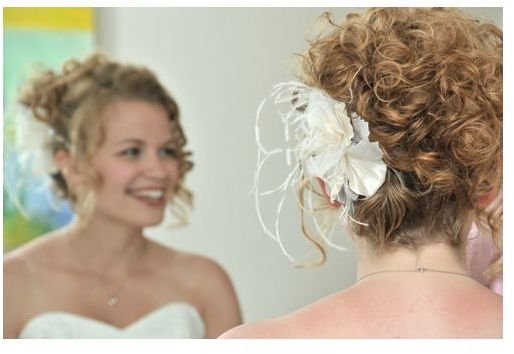Digital Photography Tutorial: Wedding and Event Photography
Wedding and Event Photography Overview
While most people think of weddings as something different or more complicated, it’s actually an event just like any other event. Yes, the meaning of it is special, and you certainly want to capture all the priceless moments that come with the ceremony. But, you can apply standard event photography to weddings and wedding photography techniques to regular events. Wedding and event photography go hand-in-hand, and you need to know certain tips before venture into this field.
Find Out What the Client Wants
When you are hired for any type of event, always talk to your client. Learn what they want you to capture and how they want you to capture it (style). While event photographs often look like they are just capturing random things, usually the client wants specific items photographed. For a wedding, that would include the bride walking down the aisle, the exchange of rings, etc. For a regular event, that may be the speakers, certain booths or attendees.
Once you figure out what your client wants, come up with a list of must-have photographs. You’ll be taking a lot more than these. But, it’s good to tick off the ones that your client is definitely expecting.
Preparation and Establishing Shots
Scope out the area the day before or hours before if you can’t get into the venue earlier than that. Review the schedule of events, and be sure that you know when the event begins and what’s going on at different times. Figure if you need a car to get between locations or if you can walk there. This will affect the type of equipment that you use. If you are walking, you probably want to go light.
Always take a few shots that show what the event is about. For example, at a wedding, take a few pictures of the church or the scenic area if it’s an outside wedding. For a regular event, this could include booths, stages, banners etc. The goal of these photos is just to let your audience know what’s going on.
Equipment and Settings
Bring everything that you need with you. You don’t have time to run back to the car or, worse, your studio. Have extra memory cards, batteries, filters, tripod, lenses and lighting. Have your camera set to the correct settings beforehand. For inside images, you may have to increase the ISO. For action shots, use a faster shutter speed.
Take Quality Shots
The day of the event is going to be hectic. But, you still must take good photographs. Frame out events. Capturing the bride and groom dancing, and use a door as a frame. Zoom in on people’s faces to show their excitement. Get the little things, which may not seem important at the time. But, these are sometimes the best picture. The boy playing in the corner may be the most memorable shot.
Don’t stick to staged shots. They’re boring after a while. Find people talking, dancing, asking questions, etc. Candid shots show more of the story than posed photographs. Shoot from the hip so people don’t know that you are photographing them.
Post Production
Once you are done, go through your photographs, and clean them up a bit in an editing program. You may also consider adding feather filters or similar effects to photographs of special moments.
Don’t throw away photos that you consider bad. Leave the client see them. What you consider junk, they may consider a perfect photograph.
References
Photography Tips and Techniques, https://www.photography-tips-and-techniques.com/wedding-photography-tips.html
Phun, Peter. “Five Tips for Better Event Photography”, https://rising.blackstar.com/seven-tips-for-better-event-photography.html
Nuno Duarte, https://www.flickr.com/photos/nunoduarte/2721073840/in/photostream
